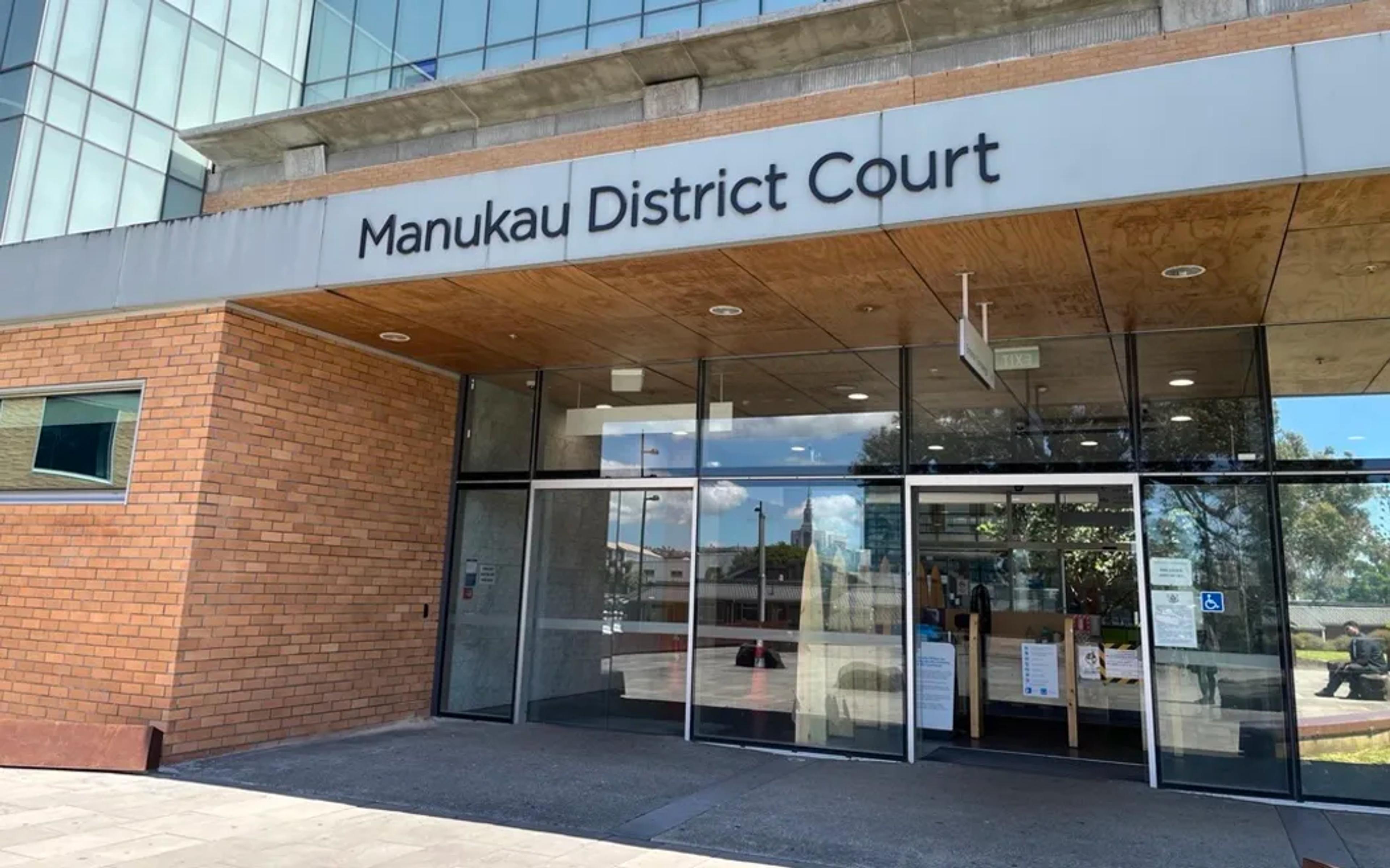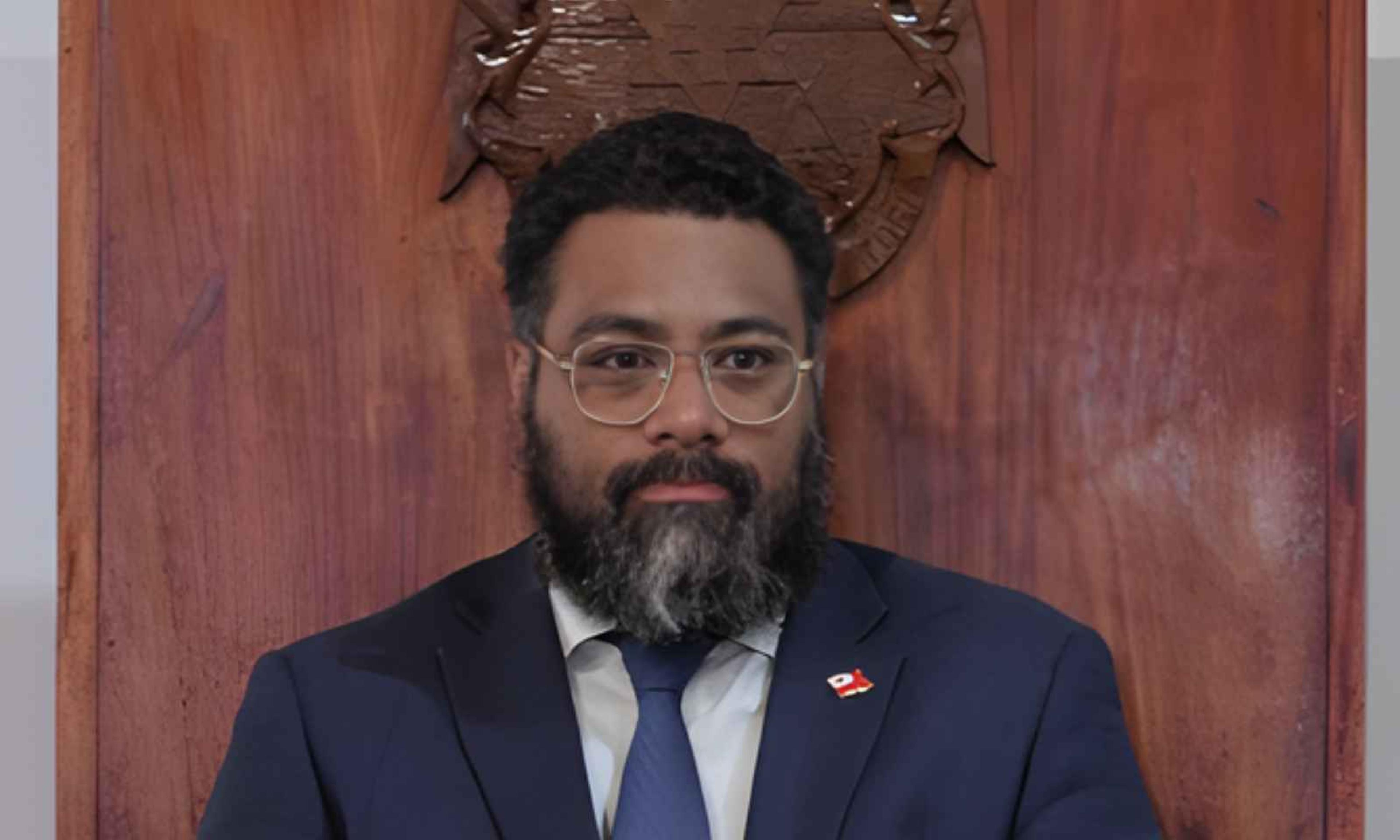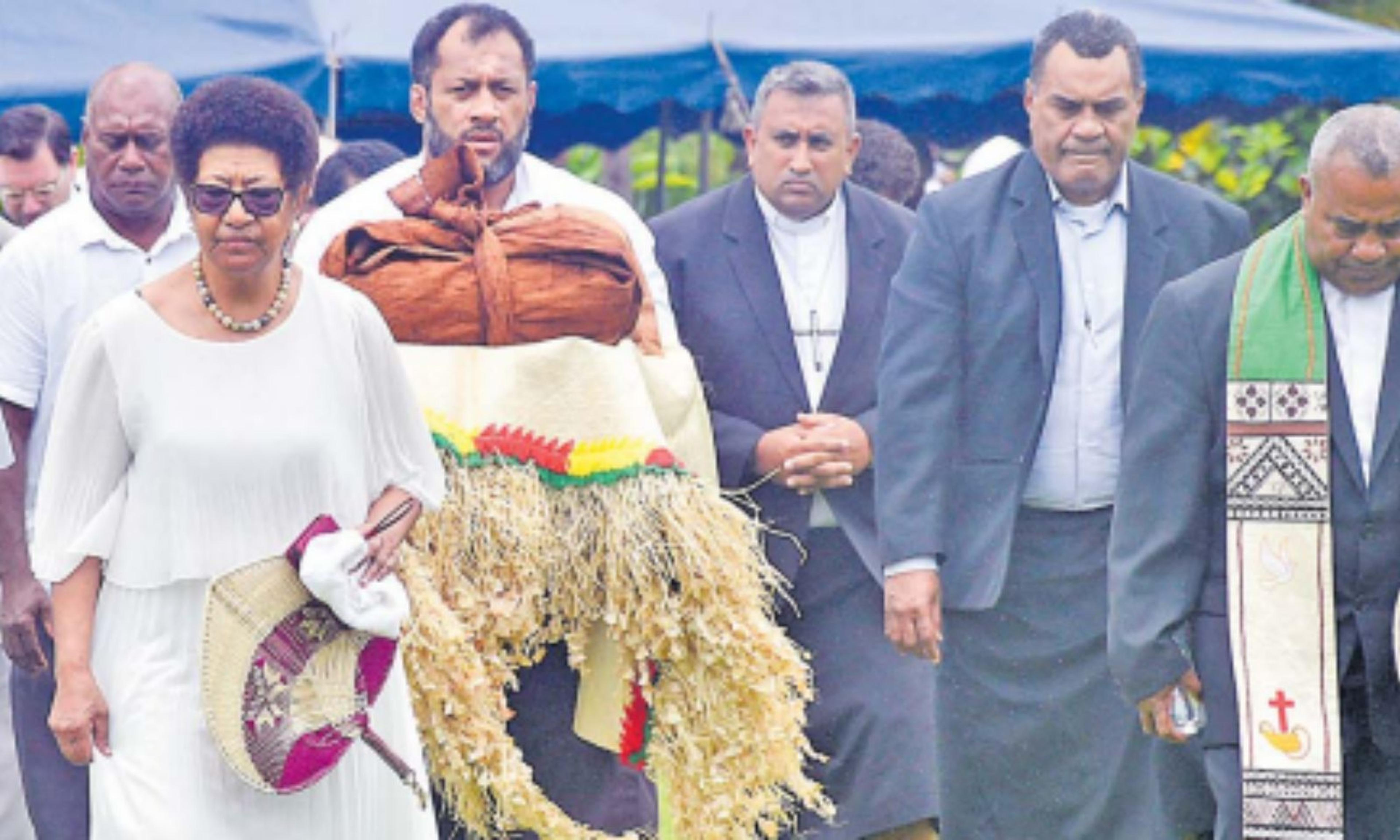

Artist Jack Kirifi has documented tattoo markings from Tokelau in his new book.
Photo/Supplied
Reviving a cultural legacy: Artist’s journey to rediscover Tokelau’s banned tattoo tradition
Jack Kirifi intertwines personal storytelling with cultural heritage to preserve and celebrate his ancestral identity.



Tonga’s new PM sparks wide debate amid praise and concern

Pacific research marks 25 years of tracking children into adulthood




Tonga’s new PM sparks wide debate amid praise and concern

Pacific research marks 25 years of tracking children into adulthood

Visual artist Jack Kirifi is reviving the traditional tattoo art of Tokelau, a practice that was once banned and nearly forgotten.
Kirifi has roots tracing back to Fakaofo, Tokelau, as well as Nanumea, Tuvalu, and Tongareva in the Cook Islands. His book, Reconnect: Tōkelau Tā Tatau, reflects both a personal and cultural journey.
“When I first discovered these symbols, I felt like a language had just opened up for me … tatau is not only just the art form, but it's a connection to my family, my community, and those who come before me, and those to follow me.”
Speaking to William Terite on Pacific Mornings, Kirifi says he wants to share and document stories that have almost been lost.
“The art of tatau was banned and abolished in the mid-1800s in Tokelau due to missionaries and colonisation and also the slave trade, so it’s basically my journey reconnecting to cultural identity to an art from that was lost but is very much a part of our identity.”
Tokelau is located just over 500 kilometres north of Sāmoa and is a non-self-governing territory of New Zealand.
Kirifi says some distinctive markings set Tokelau apart from other Pacific nations.
“The women were tattooed around the lips with a design called the nifo ika, they're triangle shapes around the lips, men were tattooed with barbed spear designs along the face, and both men and women were tattooed on the torso and the chest with images that represented loved ones that had passed on.”
Watch Jack Kirifi's full interview below.
Kirifi says some markings resemble turtle-like figures, which connect to the environment and are sacred animals in many Pacific cultures.
“We didn't have tattoos on the legs, but there were bands that were tattooed around the wrist and the ankles, and women were also tattooed with a lupe design, which is a double band that was tattooed around their waist, which was usually hidden beneath the titi (skirt) which was given when they were betrothed or married.”
He hopes his book resonates with younger generations.
“I’ve had nieces and nephews wanting designs done, but rather than our younger people getting patterns that are not of our culture, [this shows] we do have patterns that belong to us.”

Image based on drawing by Alfred Thomas Agate, Bowditch Islanders (European name for the atoll of Fakaofo), about 1850. Image/Public domain. Naval History and Heritage Command (98-089-AT)
A personal journey
While Kirifi is known for his paintings and woodcuttings, his decision to write a book arose from an exhibition he held at Pātaka Art + Museum and an opportune meeting with Dahlia Malaeulu, founder of Mila’s Books.
“She was discussing a different topic, and then she saw the artwork that I had, and from there, we kind of shared our stories and the importance of sharing our indigenous stories.
“At the time, I was in the middle of writing my exhibition report, so everything just fell into place.”
Kirifi says his book builds on the work of Pacific curator Sean Mallon and author Jennifer Dakuna, as well as his own post-graduate studies at Massey University.
“I don't see myself as an author. Our Pacific people are all storytellers in our own ways, especially through song, dance and performance. This is just an extension of that.”

Tokelauan tattoo markings from a blog by Pacific curator Sean Mallon. Image/Te Papa
Speaking to PMN News earlier, Malaeulu emphasised the power of books and stories as a means for people to share their knowledge, culture and history.
“Whatever journey we're on, the learnings that we have can actually serve another person's journey and help to inspire and strengthen that reconnection with home,” she says.
Looking ahead, Kirifi aims to collaborate with other Tokelauan artists and continue researching lesser-known tattoo designs in places such as the Solomon Islands.
“For now, my focus is on giving back to my community. That’s what drives this work - the people who came before us and the ones who will come after.”
Reconnect: Tōkelau Tā Tatau is now available through Mila’s Books.